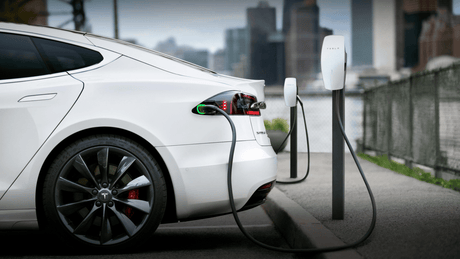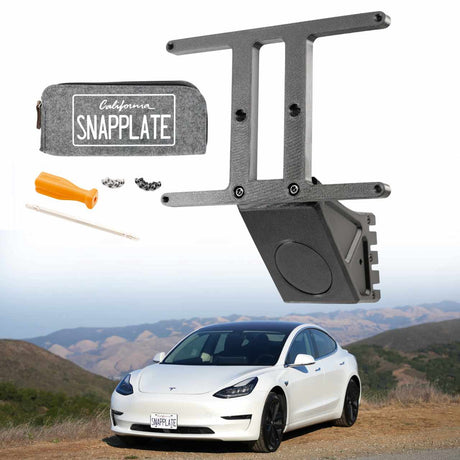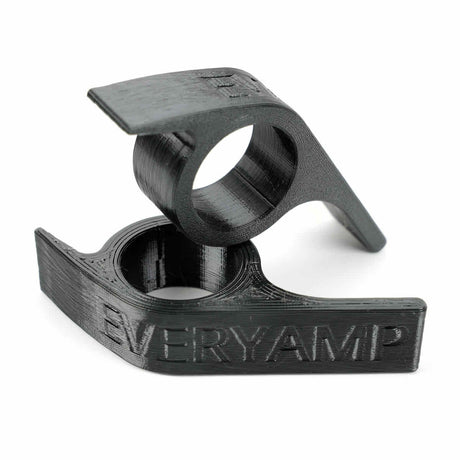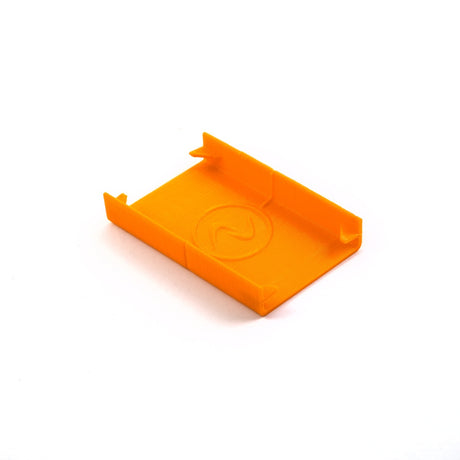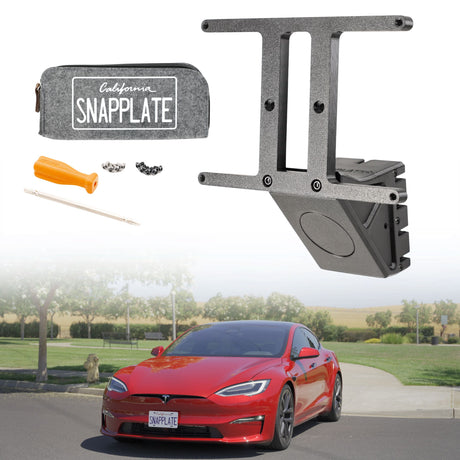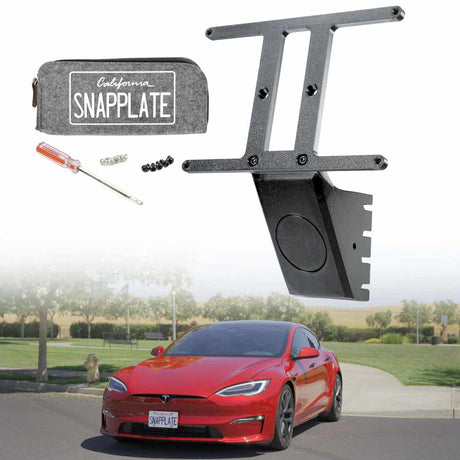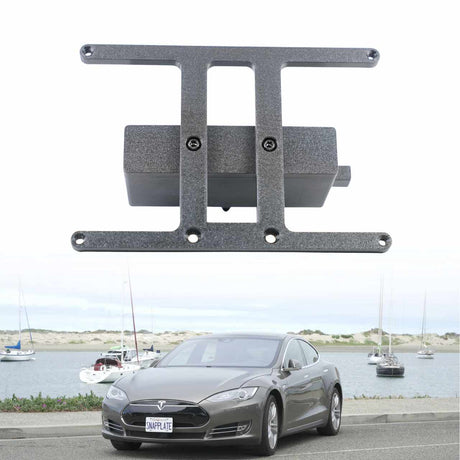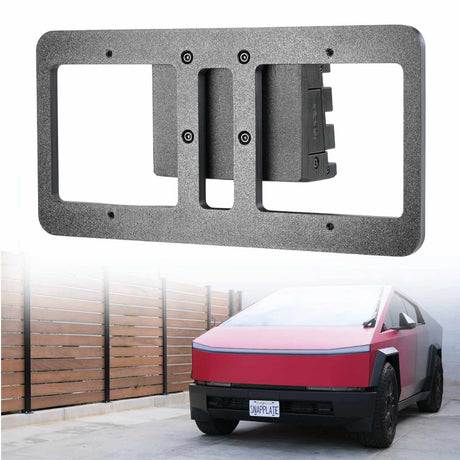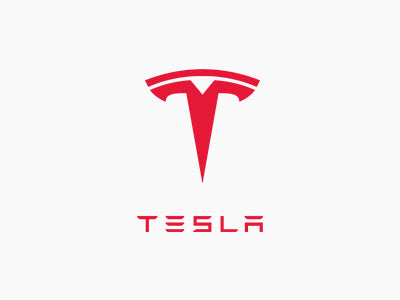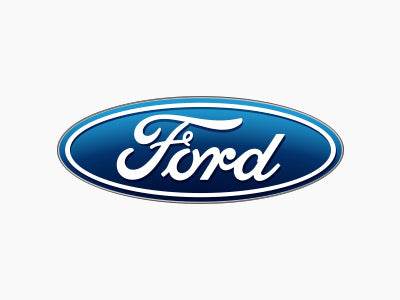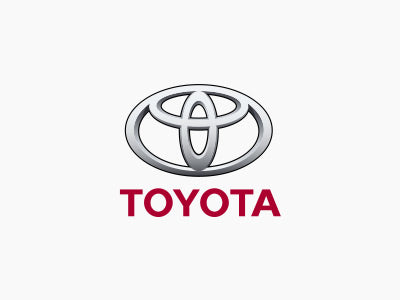After months of rumors and a late 2024 launch in China, the new Tesla Model Y a.k.a. "Juniper" released in the United States in March 2025 as a 2026 model. How can a car released in early 2025 be a 2026 model and how can you tell which is which? Let's break it down.

The Traditional Model Year vs. Tesla's Timeline
In the traditional automotive world, model years generally align with the calendar, with some manufacturers releasing the next year's models in the latter half of the current year. Tesla, however, has historically ignored this norm. They prioritize continuous improvement and often roll out significant updates whenever they're ready, regardless of the traditional model year cycle.
Why March 2025, but a 2026 Model Year?
Here's a breakdown of some potential reasons behind Tesla's strategy:
Strategic Future-Proofing:
- By labeling the "Juniper" as a 2026 model, Tesla is effectively positioning it as a future-forward vehicle. Even though it's launching in early 2025, it's designed to remain relevant and competitive well into 2026 and beyond.
- This could be a tactic to emphasize the magnitude of the changes implemented in the refresh. They want consumers to see this as a substantial upgrade, not just a minor tweak.
Global Market Considerations:
- Tesla operates in a global market and production and delivery timelines can vary significantly across different regions. Labeling the Juniper Model Y as a 2026 model might help to standardize the rollout and ensure consistency across all markets.
- By the time all global markets have gotten the car, it will be closer to the 2026 calendar year.
Marketing and Perceived Value:
- A 2026 model year designation can generate excitement and anticipation, even if the vehicle is released in early 2025. It creates a sense of cutting-edge technology and positions the "Juniper" as a forward-thinking vehicle.
- This also can help with the vehicle's resale value.
Managing Expectations and Potential Delays:
- Even with a planned March 2025 release, unexpected delays could have occurred. By labeling it as a 2026 model, Tesla created a buffer that avoided potential negative publicity if the launch was pushed back slightly.
But what about other websites calling it a 2025 or "The new Model Y"?
Based on Tesla's history, it was reasonable to assume that Tesla would continue with the mid-year refresh trend they've used in the past and many websites (including us) made that assumption. You can even find places on Tesla's own website where it shows "2025+" instead of 2026, but at least in the US, all of the vehicles that have been delivered are 2026.

How can you tell if it's a 2025 or 2026? The VIN.
Tesla codes the model year into their vehicle identification numbers. For the Model Y, look to the tenth digit to find the definitive model year. For example:
5YJYGDEF9TFO12345
The T in the 10th digit slot denotes the 2026 model year vs an S for the 2025 model year.
Our Insight
Essentially, Tesla is using the 2026 model year label to communicate that the Juniper Model Y is a significant upgrade over the previous generation. It's a way to emphasize the long-term value and ongoing evolution of the vehicle.
Tesla has a history of defying traditional automotive practices and their major mid-year changes have made it difficult for customers and owners to understand exactly which vehicle version they have when shopping for accessories like SnapPlate, so aligning major changes with model years helps with clear communication and the world can use as much of that as we can get!







